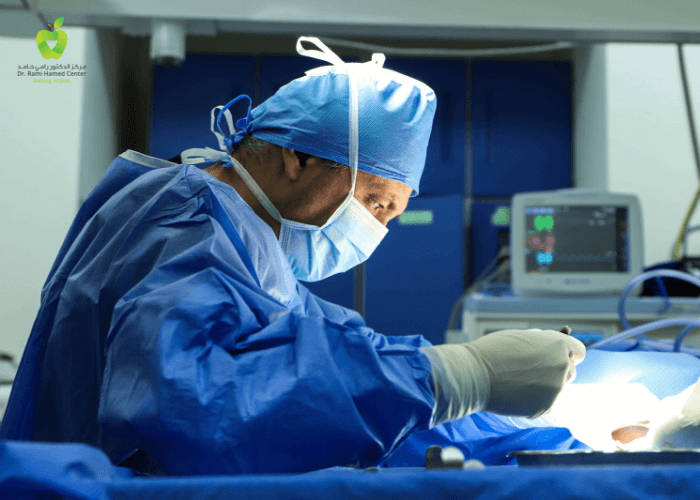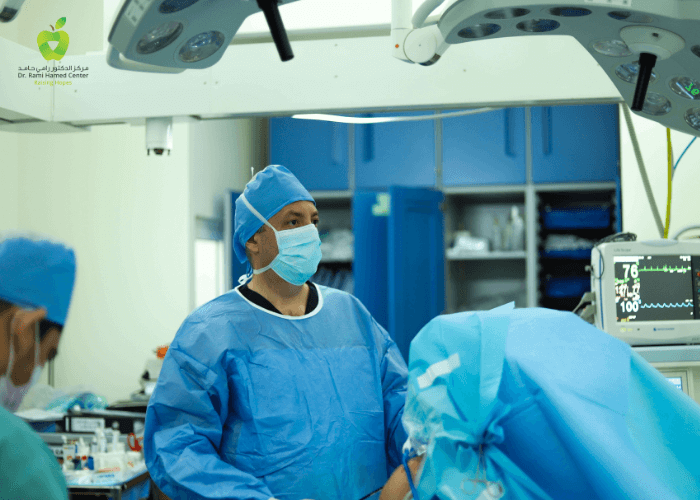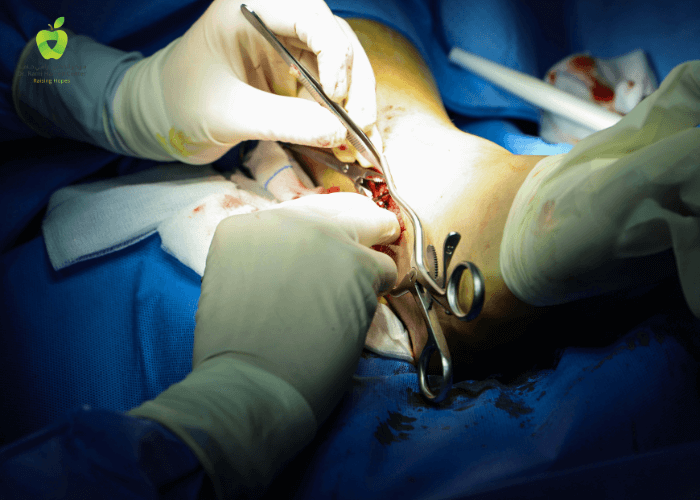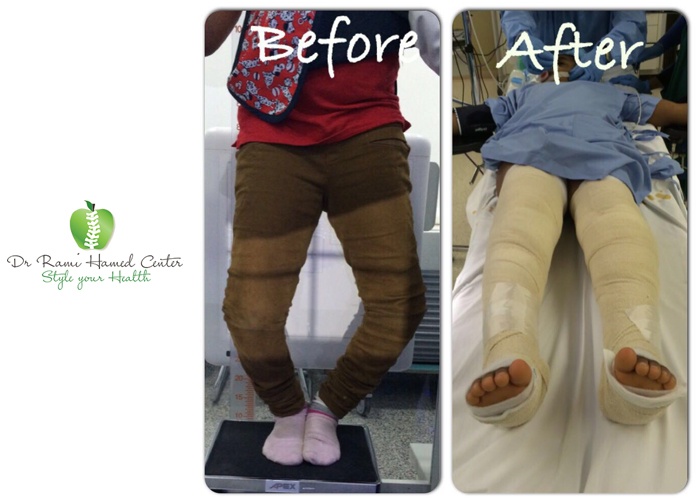Adult-Acquired Flatfoot Deformity at Foot and Ankle Clinic DRHC Dubai
The foot contains a medial and a lateral longitudinal arch. Tarsal bones have wedge shape (wider dorsally, narrower plantarly) and strong ligaments (like spring ligament) that provide a stable arches arrangement.
Causes
- Tendons problems: The most common is posterior tibial tendon insufficiency (PTTI).
- Fusion of tow tarsal bones (Tarsal coalition).
- Ankle fractures and injury of the spring ligament and the plantar fascia.
- Arthritis and neuroarthropathy.
- Neurologic muscle weakness.
The most common cause of Adult-Acquired Flatfoot Deformity is posterior tibial tendon insufficiency dysfunction. Posterior tibial tendon insufficiency is common in women, middle aged and with corticosteroid use.
These are the risk factors for posterior tibial tendon insufficiency dysfunction.
With long standing flat foot, patient finds that standing on his one feet toes maneuver painful, difficult or impossible. In chronic cases, there is limited upward movement of the ankle.
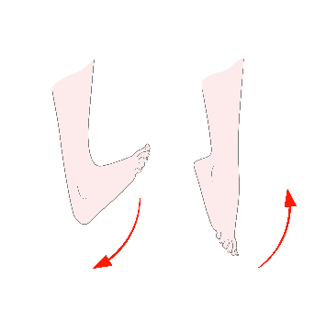
Weightbearing radiographs of the foot and ankle are mandatory in the workup of Adult-Acquired Flatfoot Deformity. We can use MRI to evaluate the degeneration of the hind foot joints.
How we treat
- No single solution is appropriate for all patients and all degrees of the flat foot.
- First of all we start with custom-molded in-shoe orthosis(medial heel lift and longitudinal arch support).
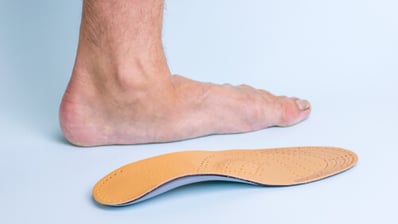
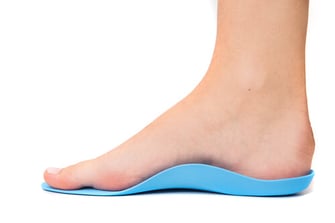
- Ankle foot orthosis or immobilization in walking cast/boot for 3-4 months can help relieving symptoms.
- Physical therapy for stretching of the Achilles tendon and strengthening of the Posterior tibial muscle.
If all conservative treatments are failed, we go for surgical solution. This includes Achilles tendon lengthening, tendon transfer to augment posterior tibial muscle action, medial displacement calcaneal osteotomy (MDCO), lateral-column lengthening, isolated subtalar arthrodesis(a new technique by using single screw with minimal invasive incision) or triple arthrodesis.
Contraindications for surgical intervention include:
- Active or chronic infection
- Open ulceration
- Poor blood supply of the foot
- Poor sensation in the foot
- Nonambulatory patient
Usually after surgical treatment we need a recovery period of 6 weeks. High rates of good-to-excellent results are reported for most surgical procedures in our Center..png?width=281&height=59&name=bookanappointment%20(1).png)
Are you seeking top-tier treatment for Adult-Acquired Flatfoot Deformity? Look no further than DRHC Dubai Foot and Ankle Surgery. Our renowned orthopedic specialists are dedicated to providing exceptional care for this condition. Call +97142798200 to Schedule Your Appointment Today.



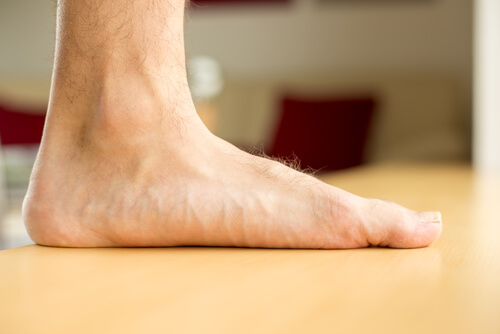



.png?width=281&height=59&name=bookanappointment%20(1).png)


